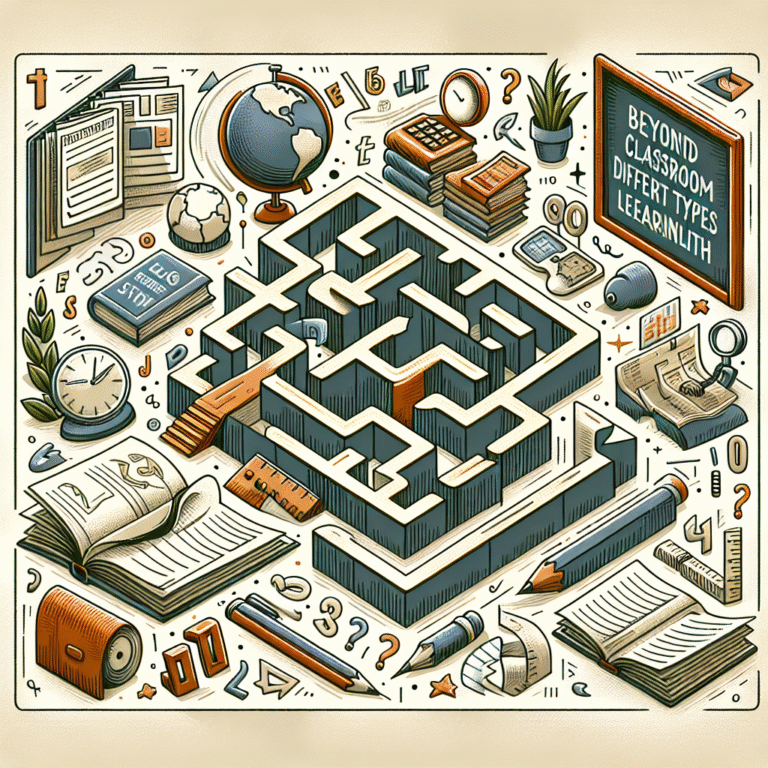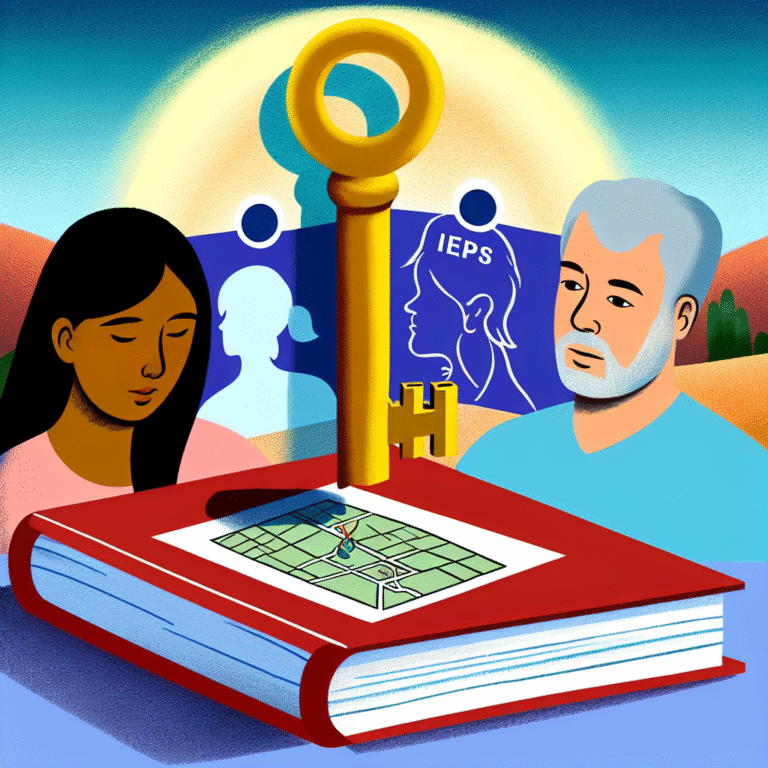The Ultimate Guide to The Neuroscience of Love: How Your Brain Changes When You Fall in Love
Introduction
Imagine standing on the precipice of an emotion so profound that it has the power to alter not only your mood but also the very chemistry of your brain. Love is a universal experience that can touch everyone, from the shyest introvert to the most outgoing extrovert. It infuses our lives with joy, peace, and sometimes heartache. But have you ever wondered what happens in your brain when you fall in love? The neuroscience of love is a fascinating field that intertwines the science of our brain’s response with the delicate web of human relationships. This article delves into The Neuroscience of Love: How Your Brain Changes When You Fall in Love, exploring the intricate neural pathways, hormonal changes, and even the psychological impacts that come with this life-altering experience.
The Chemical Cocktail: Hormones in Love
Dopamine: The Feel-Good Chemical
One of the first changes you feel when falling in love is a surge of dopamine, often referred to as the ‘feel-good’ hormone. Dopamine is released in response to pleasurable activities and experiences. According to a study conducted by Helen Fisher, a leading anthropologist, the presence of a loved one activates the reward circuitry in the brain, significantly increasing dopamine levels.
Table 1: Hormonal Changes When in Love
| Hormone | Function | Impact |
|---|---|---|
| Dopamine | Reward and pleasure | Euphoria, motivation |
| Oxytocin | Bonding and attachment | Trust, emotional intimacy |
| Norepinephrine | Arousal and excitement | Increased energy, focus |
| Serotonin | Mood regulation | Obsessive thinking |
Oxytocin: The Bonding Hormone
Often called the ‘cuddle hormone’, oxytocin plays a significant role when we form bonds with others. This hormone is released during physical touch, such as hugging or kissing, promoting feelings of trust and attachment. A fascinating case study on couples who engage in sustained physical intimacy found that higher oxytocin levels correlated with greater relationship satisfaction.
Norepinephrine: The Heart’s Pounding
When we fall in love, norepinephrine floods our systems, leading to a heightened state of arousal. This is responsible for the racing heart, sweaty palms, and butterflies in the stomach that lovers often describe. This hormone is also linked to increased focus and memory retention, making those memorable "first dates" unforgettable.
Serotonin: The Double-Edged Sword
Interestingly, love can also affect serotonin levels in a way that can lead to obsessive thinking about a partner. Research indicates that individuals in the early stages of love exhibit lower levels of serotonin, which may explain why love can sometimes feel all-consuming.
The Brain’s Architecture: How Love Rewires Neurons
Brain Scans Reveal Love’s Impact
Functional MRI scans have shown that love activates specific areas in the brain, such as the ventral tegmental area (VTA) and caudate nucleus. These regions are associated with reward processing and motivation. Thus, when you see your partner, the brain lights up with pleasure, akin to the response exhibited by drug addiction.
Case Study Analysis: Fisher’s 2005 Study
In 2005, Helen Fisher’s team conducted scans on individuals who were newly in love, showcasing pronounced activity in the VTA. This finding supports the notion that romantic love can be likened to a neurobiological state akin to that of being in an addiction. The analyzing of these active areas provides insight into why love can lead to both ecstatic happiness and potential distress.
Long-Term Changes: The Neuroplasticity of Love
Interestingly, the science of love doesn’t end once the initial crush fades. The concept of neuroplasticity signifies that the brain can reorganize itself with ongoing experiences and relationships. This means that love can alter brain structure over time. Researchers suggest that long-term partnerships foster changes in cortical thickness, particularly in areas related to emotional regulation.
The Psychological Dance: Love and Mental Health
Love’s Antidepressant Effects
Falling in love can also serve as a natural antidote for depression. The euphoric wave of chemicals mentioned earlier can elevate mood and combat anxiety. The social support system intrinsic to romantic relationships provides emotional stability and resilience against mental health issues.
Risk Factors: When Love Turns Toxic
On the flip side, the intensity of romantic feelings can lead to unhealthy dynamics. Issues such as jealousy and dependency may arise when love morphs into obsession. Understanding the neuroscience of love can shed light on these vulnerabilities, guiding individuals towards healthier relational patterns.
Case Study Analysis: The Dark Side of Love
A study led by researchers from the University of Wisconsin monitored couples in tumultuous relationships. The findings revealed that elevated cortisol levels—indicative of stress—were common among those experiencing high levels of relationship conflict. This illustrates well how love can swing from euphoria to distress, affecting mental well-being.
Practical Applications: Using Neuroscience for Relationship Health
Love Languages and Neuroscience
Understanding your partner’s love language can enhance emotional intimacy. Recognizing whether your partner feels loved through acts of service, quality time, words of affirmation, gifts, or physical touch can enhance oxytocin production and foster deeper emotional connections.
Mindfulness and Emotional Regulation
Practicing mindfulness can help partners navigate their emotional landscapes more effectively. Research indicates that mindfulness can lead to improved emotional regulation, fostering healthier responses to love and conflict. Couples who engage in mindfulness practices also report greater satisfaction in their relationships.
Conclusion
Through neurological exploration, we unveil the message that love is intricately more than just an emotion; it’s a biological process that is fundamental to our existence. The Neuroscience of Love: How Your Brain Changes When You Fall in Love reveals the complex chemistry of emotions, hormones, and brain activity that characterize this unique human experience. By understanding these changes, we can navigate our relationships more wisely, fostering healthier, more enriching connections with others.
It’s essential to remember that love, while scientifically fascinating, is also deeply personal. Each individual experiences it differently, and being open to understanding these various experiences can shed light on the beautiful complexity of human relationships.
FAQs
1. Can the effects of love change over time?
Yes, the effects of love can evolve as relationships progress. Initial passion may temper into a deeper form of affection characterized by friendship and companionship.
2. How does love influence mental health?
Falling in love can have positive effects on mental health by elevating mood and providing emotional support. However, dependency or toxic relationships can lead to stress and anxiety.
3. Is there a “science” behind love at first sight?
Yes, love at first sight can be understood through a powerful rush of chemicals like dopamine and norepinephrine, creating an immediate attraction and fascination.
4. Can love impact physical health?
Absolutely. Positive relationships are linked to various health benefits, including lower blood pressure, reduced stress, and improved overall well-being.
5. How can I maintain a healthy relationship long-term?
Effective communication, understanding your partner’s love language, practicing gratitude, and addressing conflicts mindfully can contribute to a healthier, sustained relationship.
Exploring The Neuroscience of Love: How Your Brain Changes When You Fall in Love not only enriches our understanding of romance but also empowers us to cultivate profound connections within our lives. Embrace the journey of love—it’s a beautiful adventure, grounded in both science and the heart.





